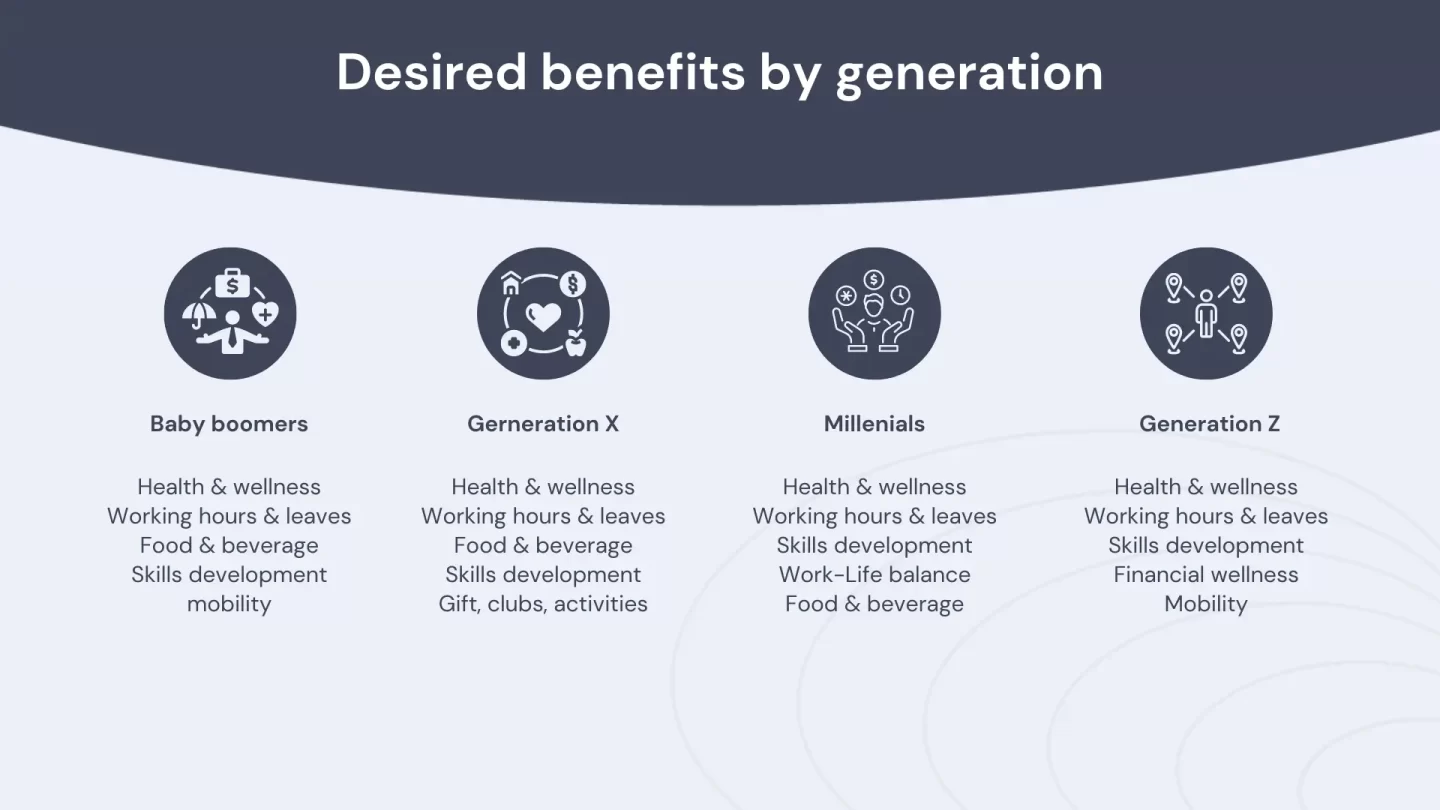A benefits package is a comprehensive set of perks and advantages that employers provide to employees in addition to their regular salary. These packages are designed to enhance employee satisfaction, well-being, and productivity, and are a crucial component in attracting and retaining top talent.

Components of benefits package
A typical benefits package can include a variety of elements, each contributing to the overall attractiveness of the employment offer:
Health Insurance
Health insurance is often the cornerstone of any benefits package, covering medical, dental, and vision care for employees and their families.
Retirement Plans
Employers may offer retirement savings plans such as 401(k) or pension plans, often with employer matching contributions.
Paid Time Off
Paid time off (PTO) includes vacation days, sick leave, and holidays, allowing employees to rest and recharge.
Wellness Programs
Wellness programs can include gym memberships, mental health support, and wellness workshops to promote overall well-being.
Life and Disability Insurance
Life and disability insurance provide financial security to employees and their families in the event of serious illness, injury, or death.
Flexible Working Arrangements
Flexible work schedules, remote work options, and telecommuting are increasingly popular components of modern benefits packages.

Desired benefits by generation. Source
Importance of benefits package
Attracting Talent
A competitive benefits package is essential in attracting high-quality candidates in a competitive job market. It demonstrates the employer’s commitment to the well-being and satisfaction of its employees.
Retaining Employees
Offering a robust benefits package helps retain employees by increasing job satisfaction and loyalty. Employees are more likely to stay with a company that takes care of their needs beyond just their salary.
Enhancing Productivity
Benefits such as health insurance and wellness programs can improve employees’ physical and mental health, leading to increased productivity and reduced absenteeism.
Purpose
The primary purpose of a benefits package is to provide additional value to employees, ensuring their overall satisfaction and well-being. This, in turn, creates a positive work environment, fostering loyalty and dedication among employees.
Challenges
Cost Management
It can be expensive for employers. Balancing cost and the quality of benefits offered is a significant challenge.
Customization
Employees have diverse needs and preferences. Customizing benefits packages to meet these varying needs while maintaining fairness and consistency can be complex.
Keeping Up with Trends
The landscape of employee benefits is continually evolving. Employers must stay informed about the latest trends and legal requirements to ensure their benefits packages remain attractive and compliant.
In conclusion, a well-structured benefits package is a vital tool for employers to attract, retain, and motivate employees. It plays a crucial role in fostering a positive and productive work environment, ultimately contributing to the overall success of the organization.
For more information on industry terms and explanations, visit the WTS Energy glossary.
Frequently asked questions
What are the key components of a benefits package?
A benefits package typically includes health insurance, retirement plans, paid time off, wellness programs, life and disability insurance, and flexible working arrangements.
Why are benefits packages important for employees?
Benefits packages are crucial as they enhance employee satisfaction, attract top talent, and increase job loyalty and retention
How do benefits packages improve productivity?
By improving physical and mental health, benefits packages lead to increased productivity and reduced absenteeism among employees.






